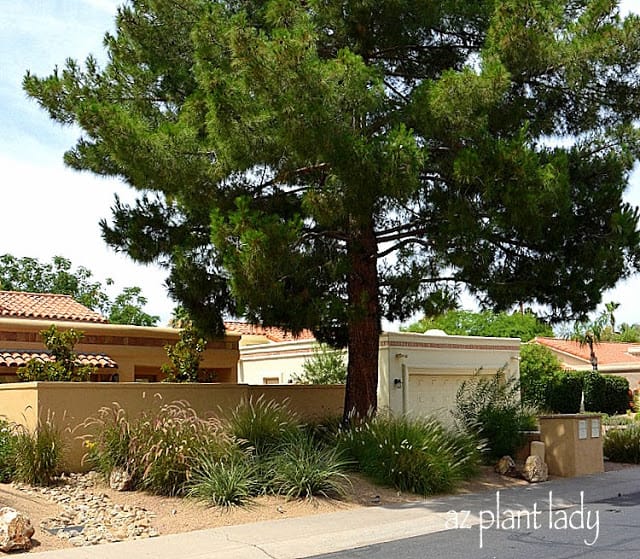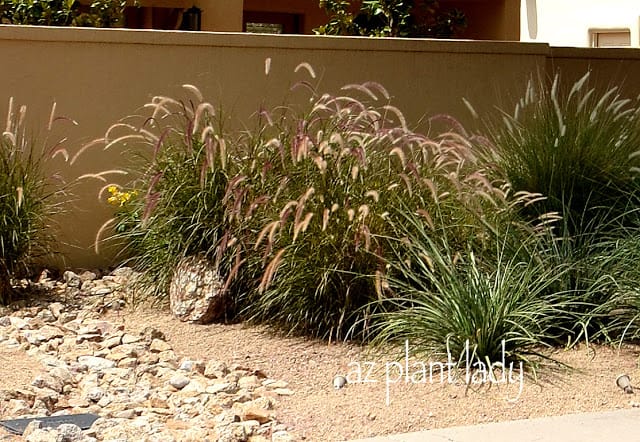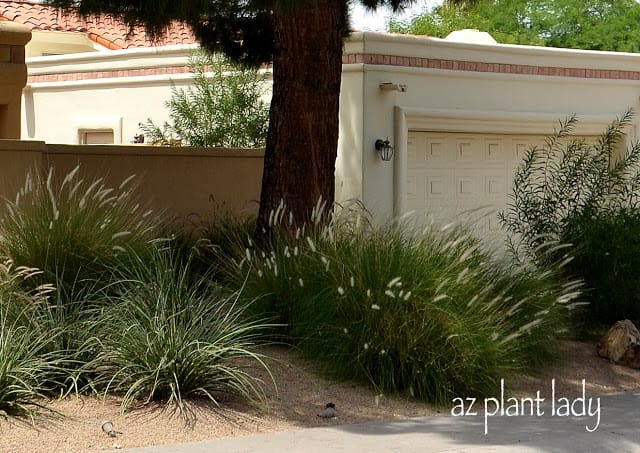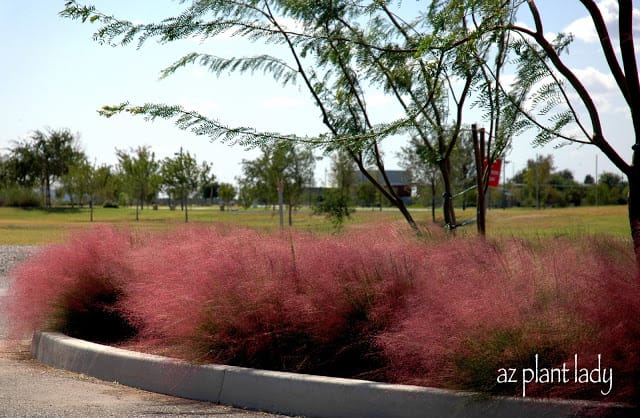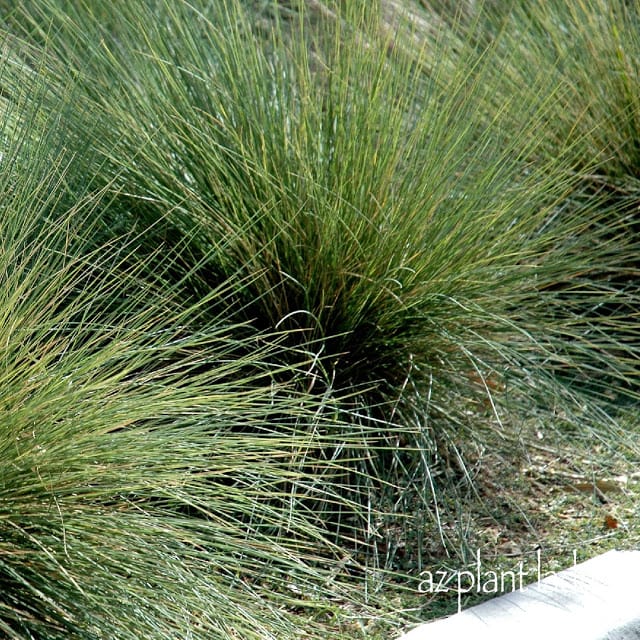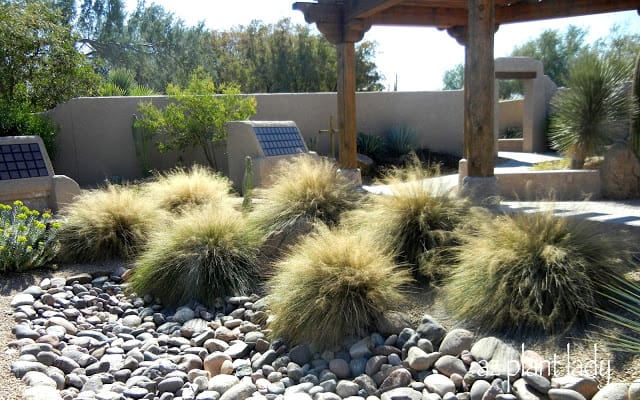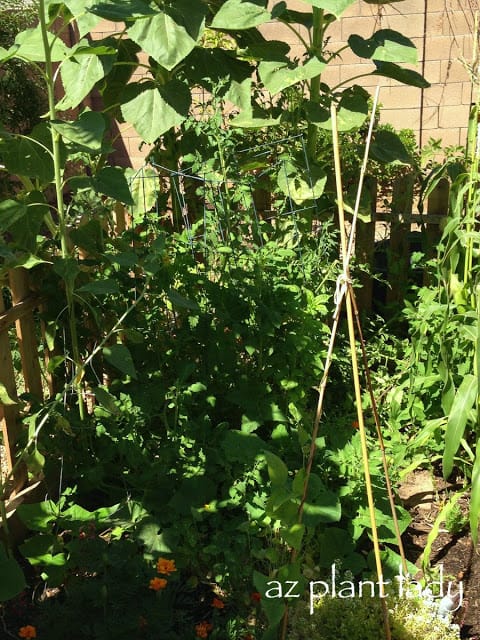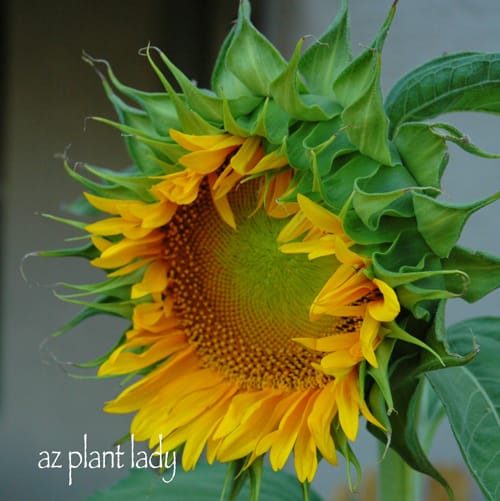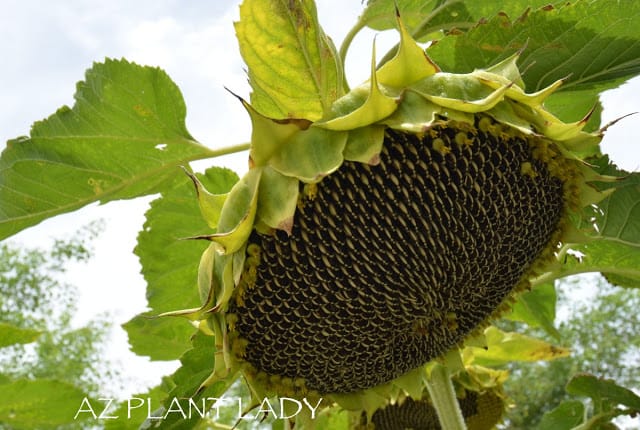Most of the time when you walk through a parking lot, you are often greeted by the appearance of islands scattered throughout overplanted with badly maintained shrubs. Last month, I drove into a parking lot that was quite unusual in that it was planted with attractive succulents and not ugly shrubs.

Attractive Succulents
Instead of shrubs, the medians were planted with beautiful agave specimens.
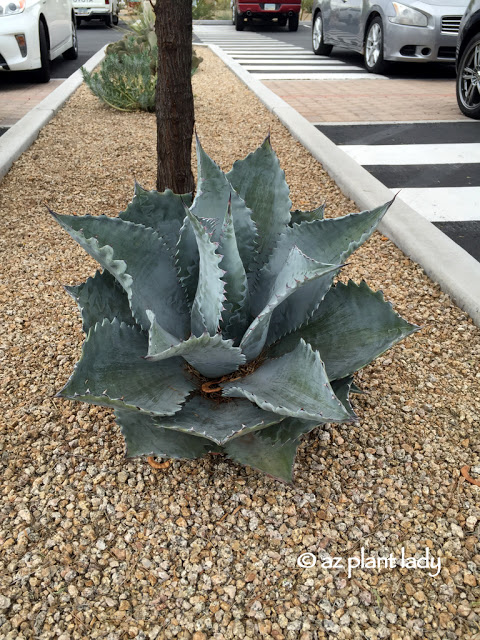
In addition to different types of agave, were gopher plant (Euphorbia rigida) succulents, which added a welcome respite to the crowded and over-pruned shrubs that usually characterize most parking lots.
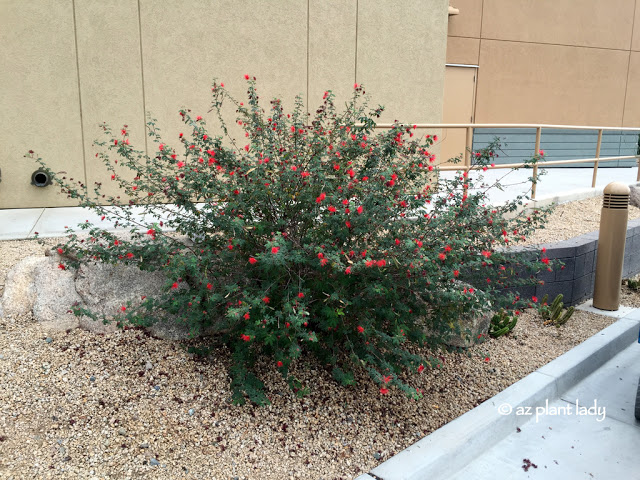
In addition to the agave and other succulents were flowering shrubs such as Baja fairy duster (Calliandra californica), which was allowed to grow into its natural shape.
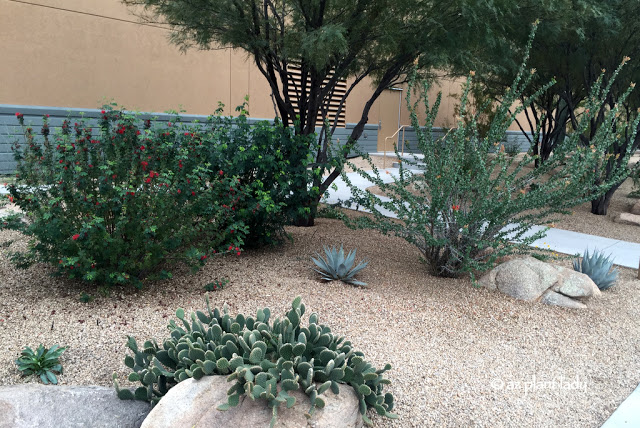
This parking lot was located in front of a hospital where my husband had an appointment for a routine procedure. Our walk through the parking lot took twice as long as it would normally take with me pausing every few seconds to take pictures of the plants.
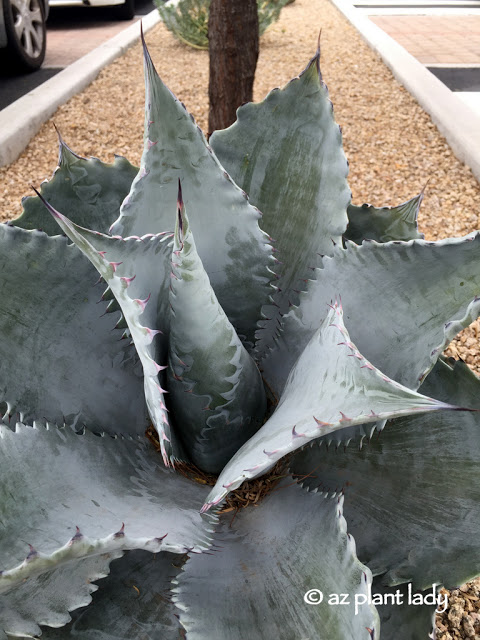
It was so refreshing to see succulents such as these in parking lot islands instead of struggling shrubs. They thrive in the hot, reflected heat while needing very little water.
Maybe we should rethink what we plant in parking lot islands and ditch the high-maintenance, thirsty shrubs?
Plant Palette For New Landscape: Perennials and Succulents


